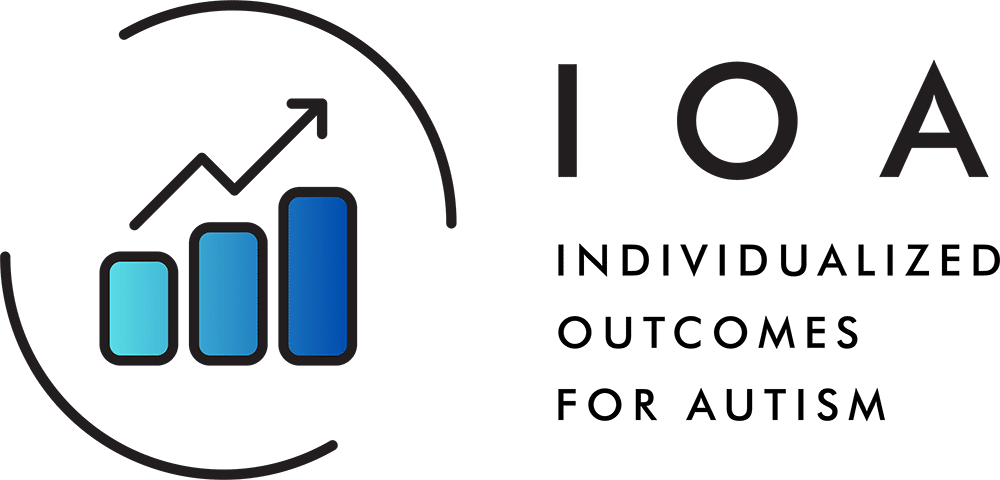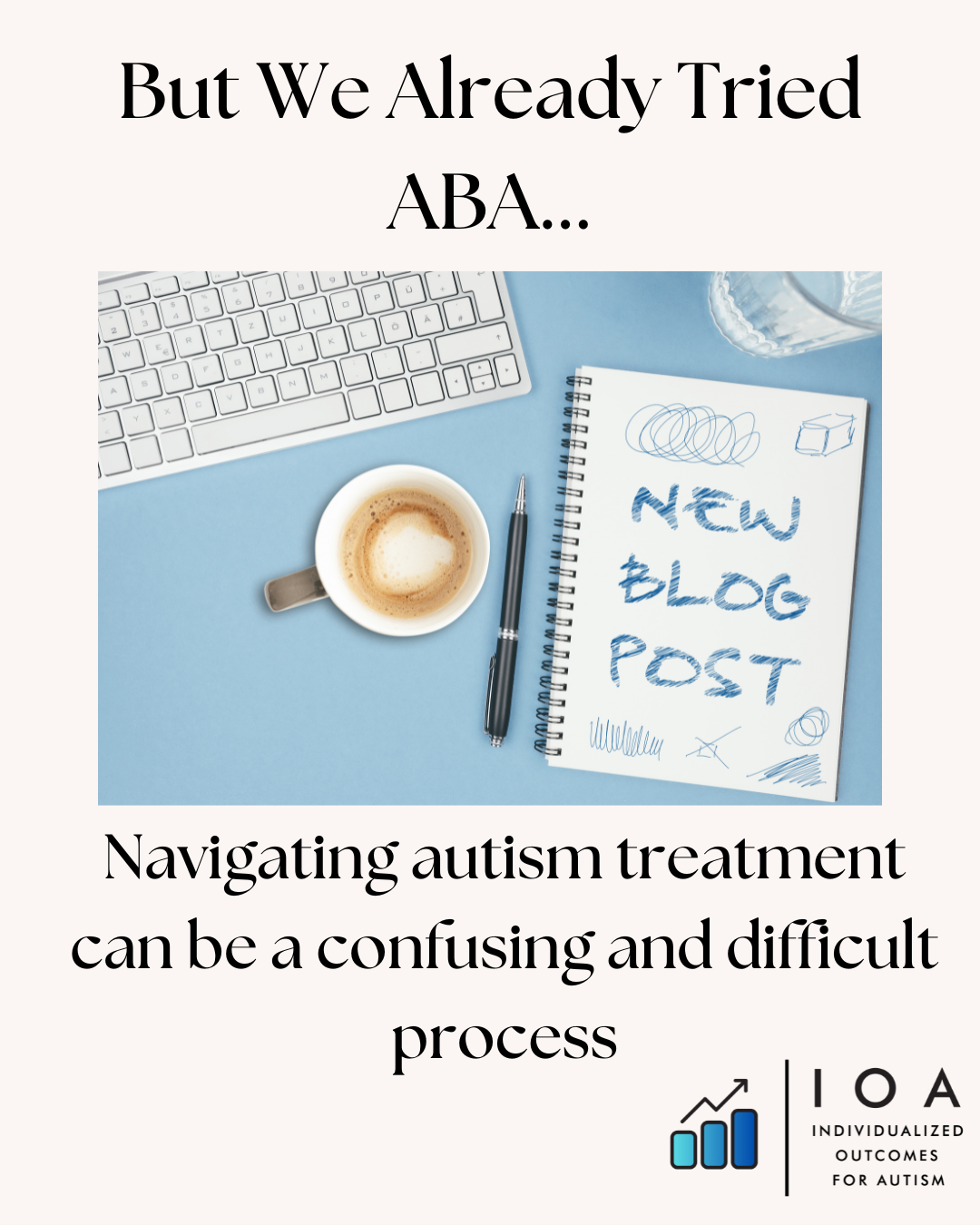“But We Already Tried ABA”
Angela Khater, MA, BCBA, LBA
Navigating autism treatment can be a confusing and difficult process, especially when challenging behavior is involved, such as aggression, self-injury, or even tantrums. For parents or teachers who deal with these behaviors, finding an evidence-based strategy that works is a must. This is often where a behavior analyst or BCBA can help, designing a custom applied behavior analysis (ABA) treatment plan to decrease those dangerous behaviors.
Every now and then we will hear a parent or teacher say “but we already tried ABA and it didn’t work.” This is a sincere reaction but a misunderstanding of what ABA actually is. Behavior analysis is a natural science, just like chemistry, biology, physics, etc. Applied behavior analysis is the application of that science. To say “ABA didn’t work” is akin to saying “we tried biology and it didn’t work.” The statement itself is clumsy and doesn’t make much sense. What that person likely meant was that the prior treatment plan was unsuccessful. This could result from many different factors:
Inexperienced or unqualified practitioner
Poorly written treatment plan
Inaccurate or incomplete functional behavior assessment
Inaccurate implementation of treatment procedures (treatment integrity)
Lack of training for implementors
Lack of reinforcers for student
Lack of treatment generalization
Confounding medical issue
Unfortunately though, rarely will these types of behavior resolve themselves. Educators and parents must resolve to help the student overcome these dangerous behaviors by using effective, evidence based strategies wherever possible. If a treatment plan did not work, we must further analyze the situation in order to develop a roadmap for success.
The basic premise when treating challenging behavior is that that behavior is a form of communication. A student having a difficult time with a task assignment may find it easier to engage in tantrum behavior than to do the work. By analyzing what happens before and after this behavior, the BCBA can determine what the triggers are and what benefit this behavior provides the student.
Even without a formal behavior plan though, many teachers or parents will naturally find effective strategies to deal with the challenging behavior. One such strategy is to prevent the behavior from occurring by avoiding the presentation of demands or work. Caution must be used here though. This might seem like a good solution at first, but as a stand-alone strategy, it can lead to serious negative consequences down the line. While the teacher or parent can reduce the tasks that they ask of the student, inevitably someone else will place some kind of task demand (do the homework, pick up the toy, etc), and if we haven’t taught that student how to respond appropriately (either how to complete the task or how to ask for help), we are actually increasing the likelihood that the problem behavior will occur.
A more comprehensive behavior plan would include not only prevention strategies, but reactionary ones as well. In other words, if aggression or a tantrum does occur, how should we respond? Understanding that behavior is a form of communication gives us some hints. If the aggression occurs when I give homework or place a demand, then from the student’s perspective, that behavior is helping them escape from a situation that they don’t like. We can help them by teaching a more appropriate alternative response instead, such as asking for help or asking for a break. In this example, we would train parents/teachers to minimize attention when the inappropriate behavior is happening and instead, prompt the student to ask for a break. We reinforce this new response by removing all work and praising the student. We want to strengthen this response, so we reinforce it throughout the day and across different people and situations.
By accurately identifying the function of behavior, and then designing more appropriate teaching strategies, we can help our students overcome their challenging behavior. If we falter or are not seeing success, we must re-examine our approach. Using this scientific method for behavior change through the use of ABA gives our students (and teachers and parents!) the best opportunity to maximize success and independence,

